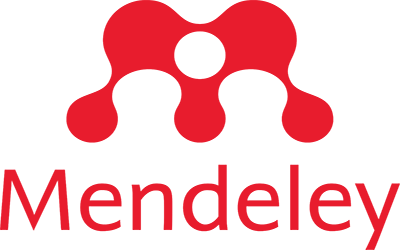Cost of credit and interest rate caps in a COVID-19 pandemic Will the lower-income sectors be favored with this measure?
Keywords:
Caps on interest rates, cost of credit, credit market, market equilibriumAbstract
For some years now, the government, mainly from the legislature, and a large part of the population have questioned the application of high interest rates to credits granted to lower-income sectors; considering measures such as the cap on interest rates to curb these high rates called usury and charged by financial institutions. The application of measures like this is not a new economic recipe, since many developed and developing countries - such as Peru - carried it out with mostly disastrous results and to the detriment of the sectors that were precisely intended. to attend. In this sense, the theory of the credit market is exposed, the same that in conditions of perfect competition determines the market interest rate. In other words, applying limits to these rates only lead to credit contraction, harming and excluding from the financial system the lower-income sectors, considered those with the highest credit risk. Finally, alternative measures are presented that can lead to the objective of providing the most vulnerable sectors with better interest rates and contributing to their growth. Finally, a good example of interest rate reduction is presented, particularly in a situation of financial and economic crisis with the measure applied by the government and the Central Reserve Bank of Peru -Reactiva Perú-, which allowed the lower income sectors income to enjoy low interest rates at levels never seen before.
Downloads
References
Asbanc. (2013). Costo del crédito formal vs. Crédito informal. Gerencia de Estudios Económicos.
Banco Mundial. (2020). Perspectivas económicas mundiales. https://www.bancomundial.org/es/news/press-release/2020/06/08/ covid-19-to-plunge-global-economy-intoworst-recession-since-world-war-ii
Banco Central de Reserva. (2020, dic). Reporte de inflación. https://www.bcrp. gob.pe/docs/Publicaciones/ReporteInflacion/2020/diciembre/reporte-deinflacion-diciembre-2020.pdf
Banco Central de Reserva. (2021, mar). Reporte de inflación. https://www.bcrp. gob.pe/docs/Publicaciones/ReporteInflacion/2021/marzo/reporte-deinflacion-marzo-2021.pdf
Banco Mundial. (2018). Interest rate caps: the theory and the practice. Policy Research Working Paper (8398). World Bank Group, Washington, DC. https://documents1.worldbank.org/curated/en/244551522770775674/pdf/WPS8398.pdf
Banco Mundial. (2014). Interest rate caps around the world: still popular, but a blunt instrument. Policy Research Working Paper, 7070. World Bank Group, Washington, DC. © World Bank. https://openknowledge. worldbank.org/handle/10986/20494
Choy, M., Costa, E. y Churata, E. (2015). Radiografía del costo del crédito en el Perú. Revista Estudios Económicos (30), pp. 25-35. https://www.bcrp.gob.pe/publicaciones/ revista-estudios-economicos.html.
Fondo Monetario International. (2019). Do Interest Rate Controls Work? Working Paper (119).
Nivín, R. (2018). Topes a las Tasas de Interés: Cuando la cura puede ser más grave que la enfermedad. Revista Moneda (173), pp. 14-19
OCDE. (2021, mar). Economic Outlook, Interim Report strengthening the recovery: The need for speed. https://www.oecdilibrary.org/docserver/34bfd999-en.pdf?expires=1620744960&id=id&accname= guest&checksum=8837D062438C7C5D1C0 3CBD2946BED49
The Economist. (2016). Interest-rate caps. Cut-price logic. https://www.economist.com/leaders/2016/09/08/cut-price-logic
Downloads
Published
Issue
Section
License
Creative Commons Atribución-NoComercial-CompartirIgual 4.0 Internacional (CC BY-NC-SA 4.0). Faculta a los usuarios a compartir: copiar y redistribuir el material en cualquier medio o formato y adaptar: remezclar, transformar y desarrollar el material, siempre y cuando se acredite al autor original, no se utilice con propósitos comerciales y las nuevas creaciones se licencien bajo los mismos términos de esta licencia.













